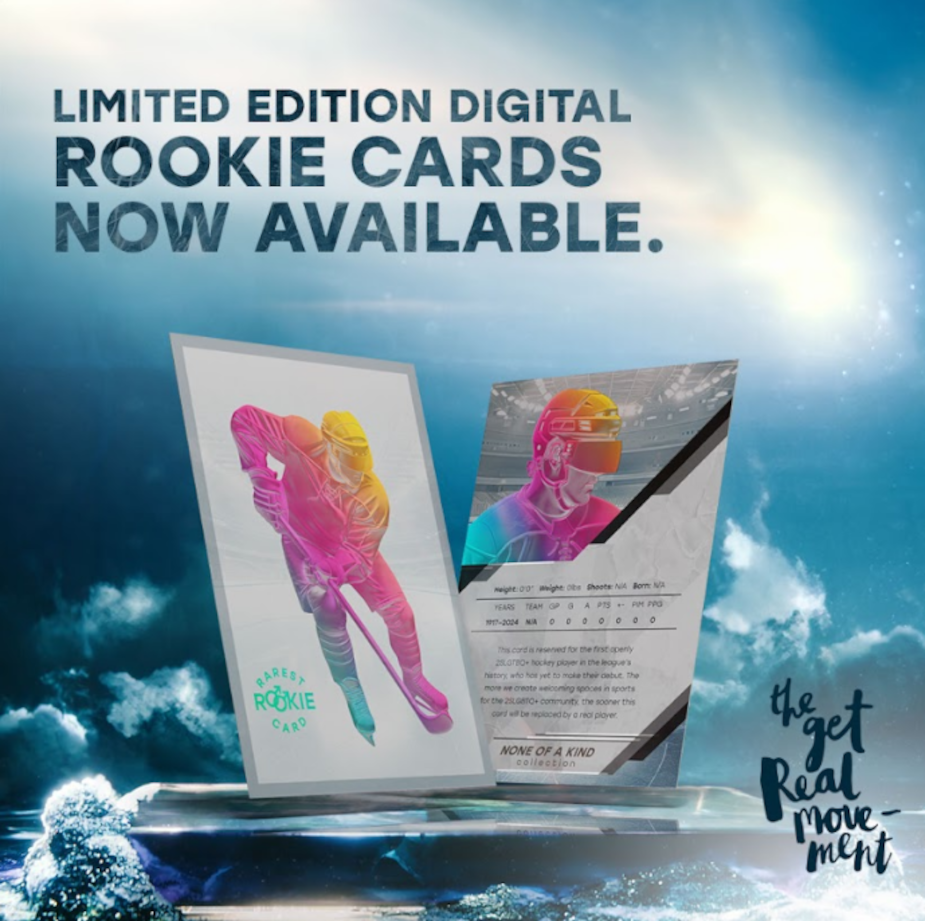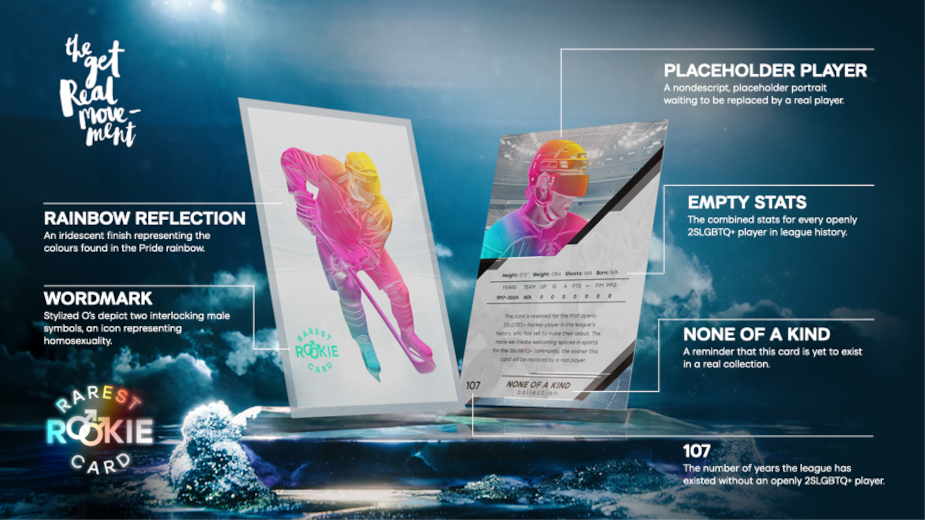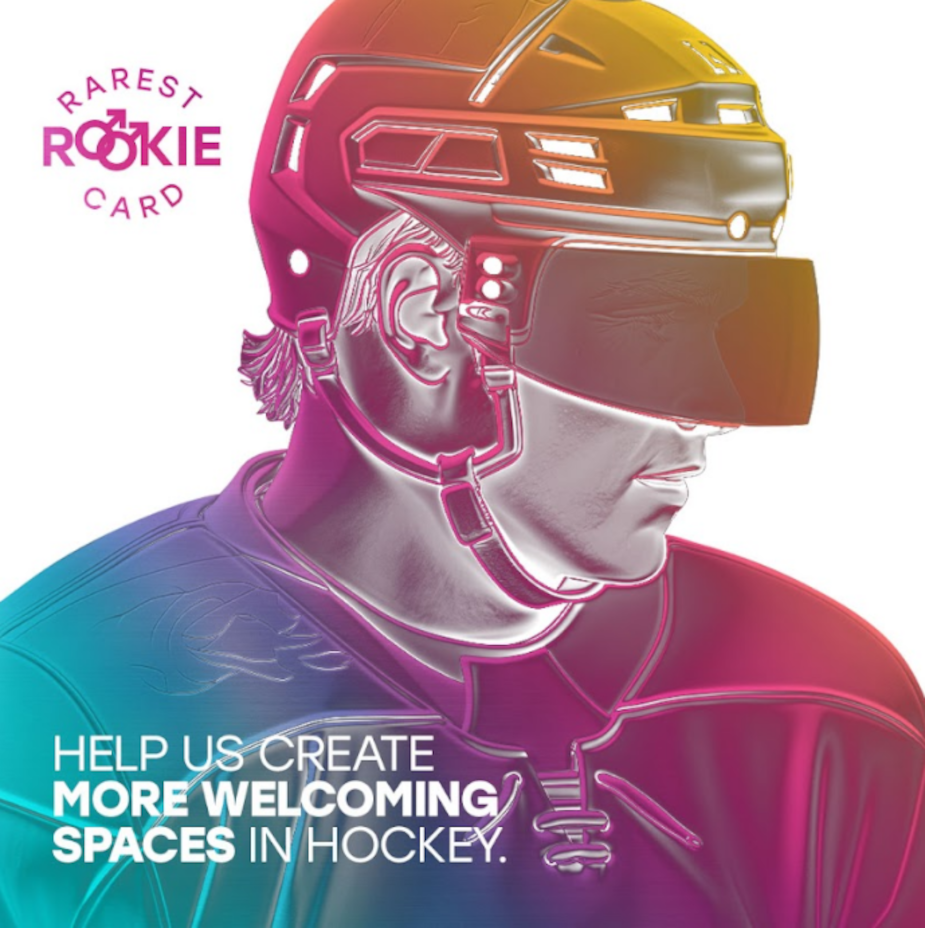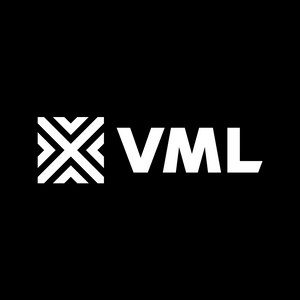
How a Hockey Card Exposed the NHL’s Lack of 2SLGBTQ+ Players

It’s no secret that across major sports, 2SLGBTQ+ representation is an issue. When you find yourself naming a small handful of the same individuals – some dating back to before the 21st century – just to make a list of notable athletes who fall into this category, it’s more than likely that there is a problem of some kind.
There is no better example of this than the NHL. Consider this. The league has existed for 107 years. In that time, not a single player who openly identifies under this banner has actively competed on the ice. Sure, undoubtedly there have been a closeted few who weren’t in the situation to be public about their identity, and there’s always the argument that Nashville Predators’ Luke Prokop counts since he’s under NHL contract… but he still has yet to make his debut to this day, despite coming out in 2021. In short, this makes the NHL the last of the ‘Big Four’ professional sports (MLB, NFL, and NBA being the other three) to count an 2SLGBTQ+ player among its ranks.
Despite the fact that this obviously isn’t a positive statistic, it did however give birth to an interesting creative opportunity, which Canadian non-profit Get REAL Movement and agency VML Canada were quick to recognise. Aware of the popularity of collecting rare hockey cards amongst certain circles, the two realised that truly, the rarest hockey card of all presently belonged to the league’s first 2SLGBTQ+ player, considering this still was yet to happen.
So, in order to draw attention to this issue, and emphasise the importance of truly encouraging diversity and making the league a safer space, the two took over National Hockey Card Day earlier this year, releasing a custom-designed card titled the ‘Rarest Rookie Card’. While currently faceless, the plan is to correct this once the first openly 2SLGBTQ+ player steps foot on the ice, which both hope will be sooner, rather than later.
To learn more about where this idea came from, and how this campaign was brought to life, LBB’s Jordan Won Neufeldt sat down with VML Canada creative director Kyle Carpenter, and Get REAL Movement’s education and corporate DEI manager, Wren Bond, for a chat.
LBB> Tell us about your partnership with the Get REAL Movement. How did this come to pass, and how did it lead into the brief for this campaign?
Kyle> In the past year, there’s been a lot of news about the role of Pride in professional hockey. In particular, the league made the decision to ban cause-based jerseys, including Pride jerseys, and Pride tape.
This led to our first initiative with the organisation last spring (called ‘Keep Pride in the Game’), where we showed the hockey world what Pride looks like when it is not fully supported. We removed the colours from the Pride flag that corresponded with three hockey teams’ own jersey colours after they walked back their decision to wear Pride jerseys.
Based on the success of that campaign, we were encouraged by the fact that there was a receptive audience of 2SLGBTQ+ supporters and allies who wanted to see more done around making hockey inclusive. We were not satisfied that enough progress had been made since that campaign, so we followed it up with this initiative.
LBB> Building on this, why is targeting the NHL specifically something the Get REAL Movement wants to do?
Wren> As an organisation, we’re deeply passionate about combatting racism, 2SLGBTQ+ discrimination, and fostering more inclusive and affirming spaces, including in sport and recreation. Despite claiming ‘Hockey is for everyone’, the NHL continues to fall behind other leagues in its support for the 2SLGBTQ+ community – in its 107-year history, there has never been an openly 2SLGBTQ+ player. We hope this campaign, in addition to our educational resources and the programming we run across the country, will not only raise awareness of the lack of 2SLGBTQ+ representation in the league, but will also foster a culture of support and inclusivity, acting as a catalyst for the first openly 2SLGBTQ+ identified player to make their debut.
LBB> Doing this via National Hockey Card Day is unexpected, but very clever! Why was this the right occasion and approach to draw attention to the league’s lack of representation?
Kyle> We wanted to highlight the fact that there has never been an openly 2SLGBTQ+ player in the league’s 107-year history as a jumping off point to get people to think about why that might be the case. We used the world of hockey cards and collectibles to speak to hockey fans directly about an issue that might not be top-of-mind for them.
National Hockey Card Day was the perfect occasion as we knew there would be significant investments made by hockey card brands promoting their own new collections around this time, and it would be in the news cycle. Our ability to integrate this topic into an already existing conversation meant we could piggyback on the coverage that was already happening.

LBB> Ensuring the campaign was ready for this specific date would be no small task. What was the timeline and creative process like? And where does one get started with something like this?
Kyle> We began by doing our research into the world of hockey cards, including special editions, so we could authentically create a version that both fit in, but also stood out. Once we arrived at our desired design, we tested it in-house by bringing the 2D design into a 3D programme – so we could visualise the tactile nature of the card – and made adjustments from there.
Once we were happy with the overall design, we worked closely with a 3D artist (Joacim Svedlund) to add dimension and detail to the card, simulating the special features found on many limited edition and rare collectible cards.
LBB> Tell us more about this! How did you incorporate subtle pro-Pride details into the final product?
Kyle> Every element of the card is designed to highlight the issue in a way that feels true to the world of hockey cards, from the iridescent finish that resembles a Pride flag to the statistics on the back of the card that represent the total points scored by openly 2SLGBTQ+ players since the inception of the league (zero). We also created a custom wordmark for the card that incorporated the global symbol for homosexuality, to imbue the card with meaningful symbols to help the 2SLGBTQ+ community feel seen and supported.

LBB> What inspired the decision to make the cards NFTs? And specifically, what made 107 the right number to launch?
Kyle> The world of collectables is changing, and is increasingly going digital. Many of the top sports leagues and players, including those in the world of hockey, now offer digital content in the form of collectable NFTs. Seeing as we were speaking to the same tech-savvy audience in this realm, the decision to make the cards available as collectable NFTs was a no-brainer.
Our team has had experience working in the ‘NFT for Good’ space and knew the process of creating content for the blockchain and the different marketplaces that are most accessible to audiences looking to purchase content while supporting the cause.
Beyond that, we wanted to infuse meaning into every aspect of the card, including how many we released. So, the decision to make 107 was meaningful, as it represented one card for every year of the league’s existence without an openly 2SLGBTQ+ player.

LBB> Let’s talk about the spot itself. Where did you source the footage from, and as a whole, how did it come to life?
Kyle> The launch video had a simple yet important role in communicating the issue, our aspiration to see the first openly 2SLGBTQ+ player step into the league, and also the card itself. We sourced vintage footage of old hockey cards to portray the fact they have been part of hockey as long as the league itself. But, the faces portrayed on those cards didn’t represent everyone.
LBB> As a whole, what challenges came with this project, and how did you overcome them?
Kyle> The largest challenge we continue to face isn’t production-related, it’s perceptual. The truth of the matter is that a seismic cultural shift needs to take place at all levels of hockey to make it a more welcoming and inclusive environment. We’ve learned that a steady drumbeat of content that keeps this topic relevant and in the news cycle, along with tools and resources to help educate those in the hockey community, is the only way real change will take place.
LBB> Since launch, how have people responded to this campaign?
Kyle> The outpouring of support has been very encouraging, with media picking up the story, including segments on Canada’s ‘Breakfast Television’, as well as one of the nation’s largest hockey podcasts, ‘The Steve Dangle Podcast’. Finally, there are currently discussions happening with other major players in the world of professional hockey about incorporating the ‘Rarest Rookie Card’ into their programming. We hope to be able to share more details soon.

LBB> For those who might want to support the Get REAL Movement, is there anything else you’d like to share about your organisation, and the sports and recreation DE&I workshop you’re hosting?
Wren> We accomplish our mission of combatting 2SLGBTQ+ discrimination and racism through our two core areas of focus: educational programming and resources, and leadership development and youth support.
In particular, our anti-discrimination workshops for students, teachers, parents, workplaces, and now sports and recreation spaces, have had a direct impact on over a million people across the country. Led by diverse speakers with lived experience, these humanity-based, action oriented and engaging workshops help break down prejudice, promote connection, and foster compassion.
Following a similar model, our new ‘Sport and Recreation 2SLGBTQ+ Inclusivity’ workshop balances uplifting stories, interactive activities, relevant information, and practical tips to address the underlying structural inequities that exist in sport environments to create positive lasting change for fans, coaches, and participants at all levels of sport.
LBB> Finally, is there anything you’d like to say about the need for 2SLGBTQ+ representation within the NHL, and sports as a whole?
Wren> Sport and recreation transcends cultural, linguistic, and geographical boundaries, making it a universal language that connects people from all backgrounds. Whether it's hockey, soccer, hiking, rock climbing, basketball, or cricket, the passion and enthusiasm for sports and recreation are shared worldwide.
Unfortunately, despite progress 2SLGBTQ+ people (like those from other equity-deserving groups) continue to experience invisibility, exclusion, and abuse within sport and recreation culture. It SHOULD be for everyone, and visibility matters. Amplifying the voices of 2SLGBTQ+ athletes, coaches, fans, etc. not only gives them a platform to share their personal journeys and the positive impact sports has had on their lives, but provides others, especially 2SLGBTQ+ youth, with the positive role models they need to feel affirmed, validated, and like they belong in sport. Representation is only possible when athletes, teams, administration staff, coaches, and fans recognise the role they play in fostering more inclusive, supportive and affirming sport and recreation spaces.













